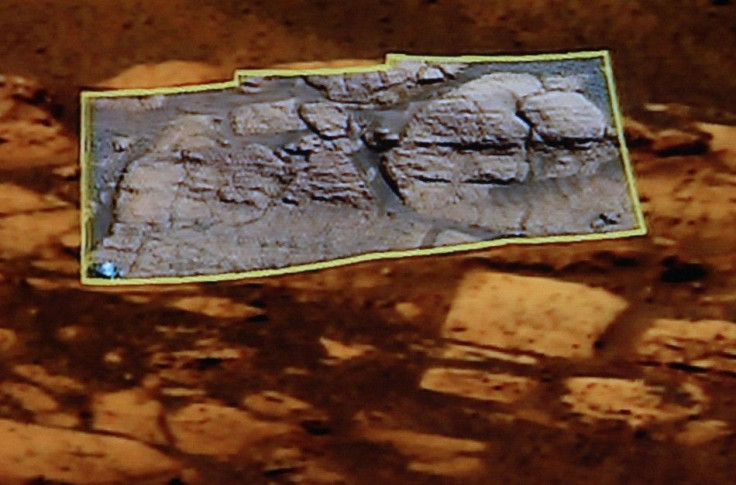NASA's Curiosity Rover Discovers Water On Martian Soil: Mars Not A Dry Planet
Each Cubic Foot of Martian Soil Contains 2 Pints of Liquid Water

NASA's Mars rover Curiosity has discovered water on the surface of Mars. According to the rover's measurement each cubic foot of Martian soil contains 2 pints of liquid water. NASA scientists had published a series of papers that officially detail the experiments conducted on Mars by the instruments aboard the rover in its first four months. The rover landed on Mars, in August 2012. This new study is one among the five papers. It confirms the existence of water on Mars.
Laurie Leshin, dean of science at Rensselaer Polytechnic Institute and lead author of the paper told SPACE.com that this was an exciting discovery as Mars is always thought to be dry and barren. The fact that water is present in the soil is a great discovery. The water, however, is bound to the minerals and needs to be extracted from the soil.
According to the Gaurdian, Leshin explained that the rover had "scooped up a sample" of the soil that was present under its wheels and that was dropped into an oven in its belly, an instrument called Sample Analysis at Mars, or SAM. She said that at a temperature of 1,535 gases such as carbon dioxide, oxygen and sulphur compounds were released from the soil. Water too was released.
"That tells us that the dirt is acting like a bit of a sponge and absorbing water from the atmosphere," she said. She said that the soil by weight holds two per cent water and this was not just in the place that the soil was sampled. Leshin told SPACE.com that it would be similar in all parts of Mars.
Grindrod, a planetary scientist at University College London who was not involved in the analyses of Curiosity data stated that one of the main mission of curiosity is to search for "signs of habitability" on the red planet. By analysing the rocks, minerals and soil, the history of the planet and how it evolved could be found. It would also help understand if the environment is habitable or not.
"The amount of information that comes out of this rover just blows me away, all the time," Grotzinger told SPACE.com.
According to the Guardian, this discovery is extremely significant for human missions on Mars. But Leshin stated that Curiosity has also found perchlorate on Mars, near the equator. Leshin said that it is similar in all places on the red planet as the dirt is similar and has been distributed in a global layer across the surface. She also said that perchlorate is bad for humans. A method to deal with it has to be devised in case humans would have to go on a mission and they come in contact with the soil.
That is the main reason that robotic explorers first go on the mission so that they are able to gauge the challenges and understand about the environment, she explained.
The paper has been published in the journal Science.





















